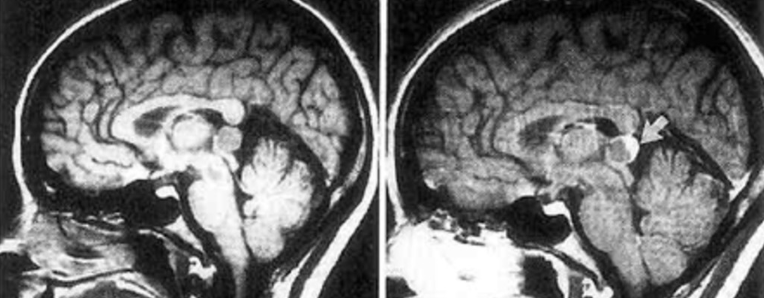Photo Credit: Viktoriia Hnatiuk
Beyond reducing HIV risk, the benefits of PrEP include less anxiety and more intimacy, but physicians do not often discuss these advantages with patients.
“An updated recommendation statement from the US Preventive Services Task Force on the use of PrEP recommends that clinicians prescribe PrEP to people at increased risk for HIV,” Michael Traeger, PhD, MSc, says. “The release of the recommendation prompted my colleagues and I to consider the benefits of fully capturing the wide range of benefits associated with PrEP use.”
Dr. Traeger and colleagues published a viewpoint in The Lancet HIV that examined the risks and benefits of PrEP use beyond HIV risk reduction and related clinical outcomes, such as the experiences and relationships of people taking PrEP. “We wanted to build on prior work that explored the benefits of PrEP beyond preventing HIV and outline tangible steps that can be taken to better integrate such benefits into provider training and clinical guidelines,” Dr. Traeger says.
The authors write that “new approaches are urgently needed to engage people in HIV prevention,” noting that, in 2021, only 30% of the 1.2 million people who could benefit from PrEP in the US received a prescription. Coverage rates for patients with an indication for PrEP ranged from 11% among Black people to 78% among White people.
“The federal Ending the HIV Epidemic initiative aims to double overall PrEP coverage in the USA by 2025, with a focus on scale-up in underserved populations,” Dr. Traeger and colleagues wrote. “Achieving national and international PrEP use and equity goals will require a community-responsive approach to PrEP provision that centers the values and desired experiences of potential users—particularly those from populations with the greatest unmet need for PrEP.”
PW spoke with Dr. Traeger to learn more about the viewpoint and the benefits of PrEP that extend beyond HIV risk reduction.
PW: What are the benefits of PrEP that are unrelated to HIV risk reduction?
Dr. Traeger: Taking PrEP significantly reduces someone’s risk of getting HIV, but the subsequent effects of this are wide-ranging and include physical, emotional, and social benefits. For example, many people who use PrEP report reduced levels of anxiety, increased intimacy with their partners, and improved general well-being. Some people feel a stronger connection to their community and have better relationships with people living with HIV after using PrEP. It is also important to note that clinician-patient engagement during visits related to PrEP often acts as a gateway to new relationships with primary care providers and increased access to health services unrelated to HIV.
PW: What prevents clinicians from mentioning these benefits when discussing PrEP?
Dr. Traeger: The evidence for these social and personal benefits of PrEP has increased rapidly in recent years and continues to grow. However, most of the resources available to clinicians, from international guidelines to provider education about PrEP, do not include the most current evidence on the patient-reported benefits of PrEP. As clinicians play a crucial role in introducing PrEP to people who could benefit from the medicine, we felt that clinicians had been left unprepared to discuss all the benefits of PrEP with their patients.
Our piece discusses how clinicians must be equipped with the latest evidence to provide good person-centered care related to HIV prevention and sexual health. Given that limited time and competing priorities are often barriers to discussing all the benefits of PrEP, clinicians need to be supported in their discussions related to PrEP through structural changes to healthcare systems that facilitate person-centered care.
PW: What research might address these barriers and increase PrEP use?
Dr. Traeger: More work is needed to further understand the values and desired experiences that could motivate PrEP users. This will ensure that the shared decision-making process concerning PrEP between potential users and clinicians is responsive to the needs and preferences of populations that receive the most benefit from PrEP. Research is needed to develop more affirming frameworks that balance risk and prevention framing with people’s personal goals and preferences. We also need further work to understand how we can optimize patient-clinician encounters through—for example—clinical decision support tools for PrEP.





















Create Post
Twitter/X Preview
Logout